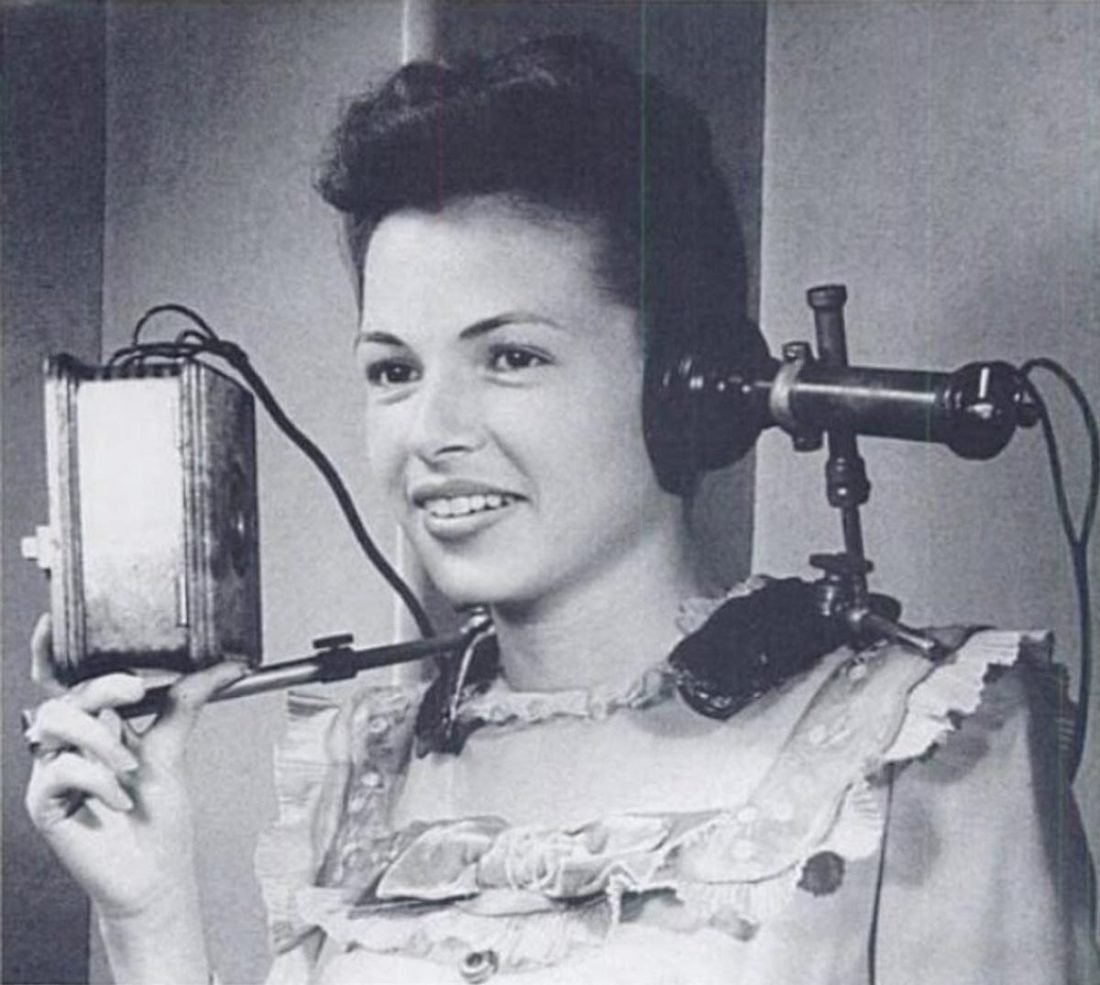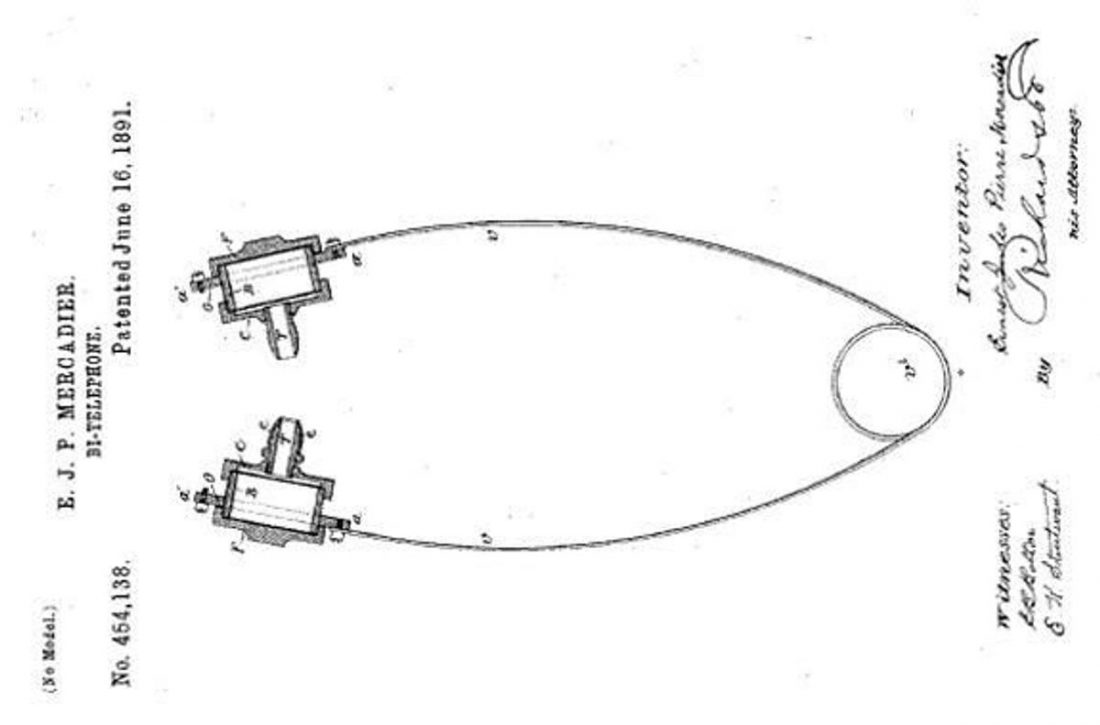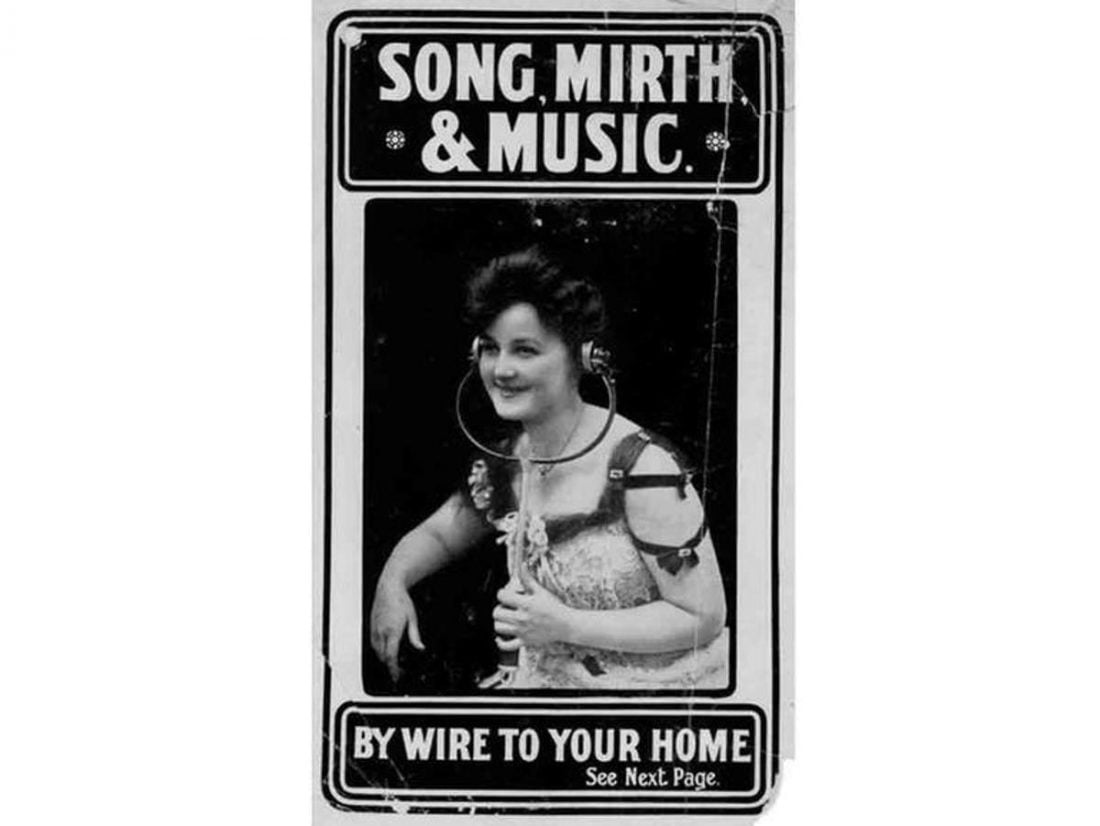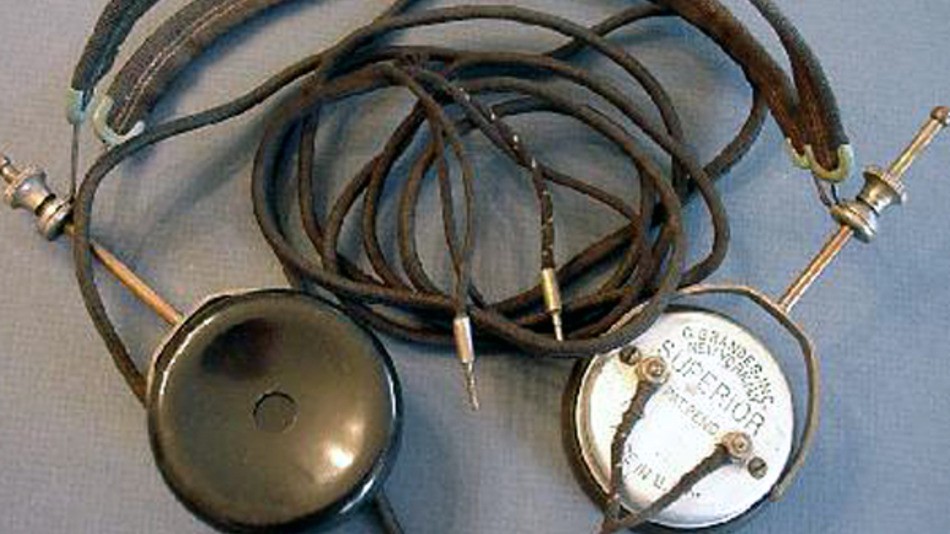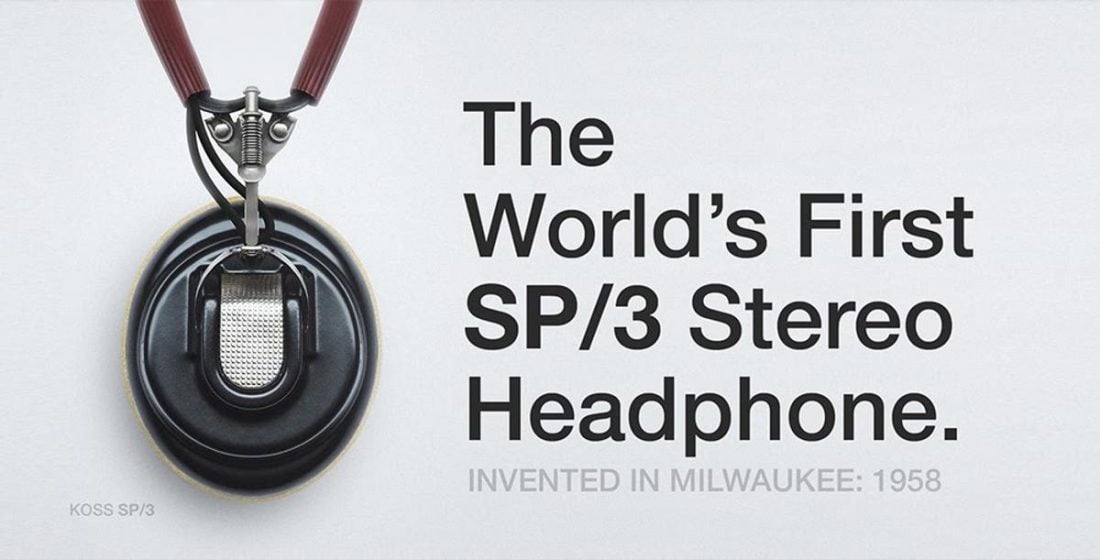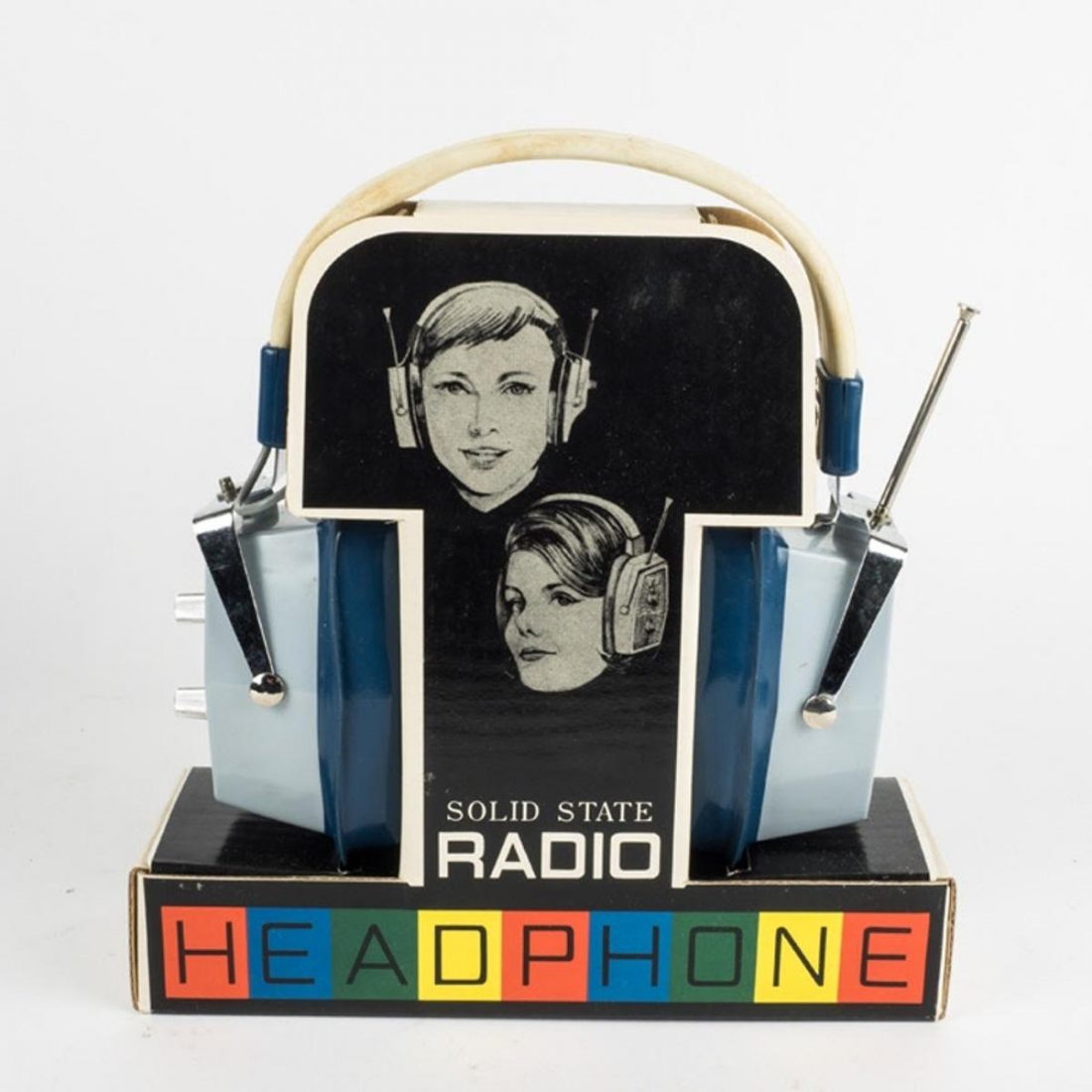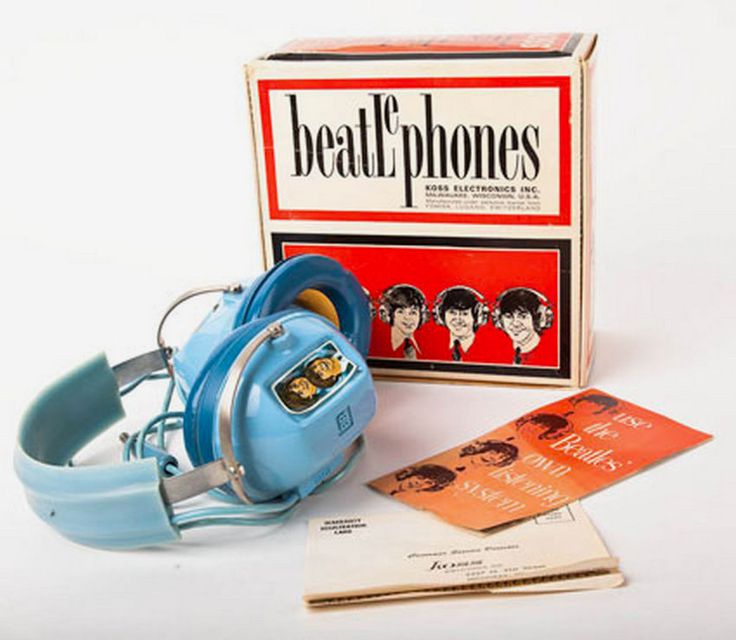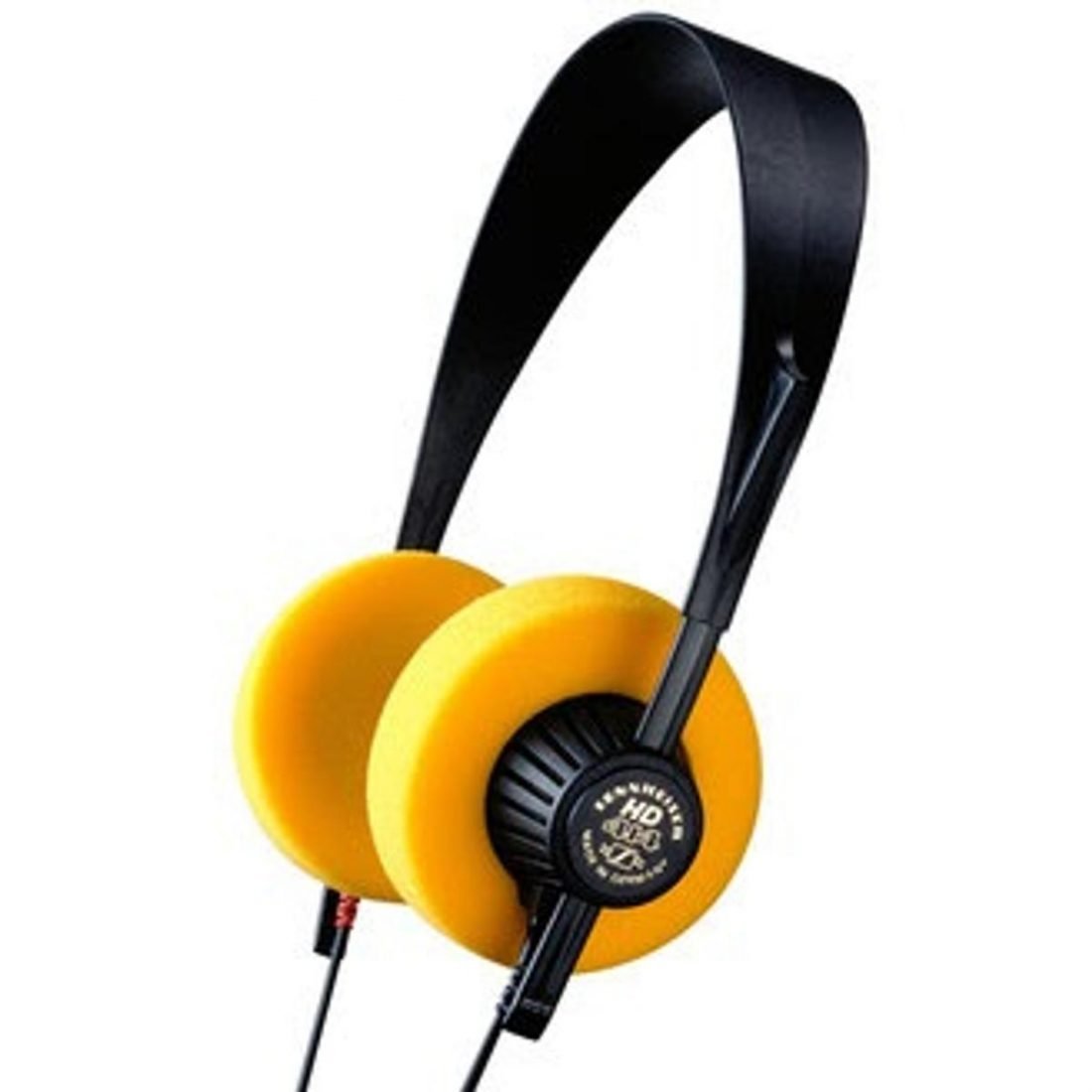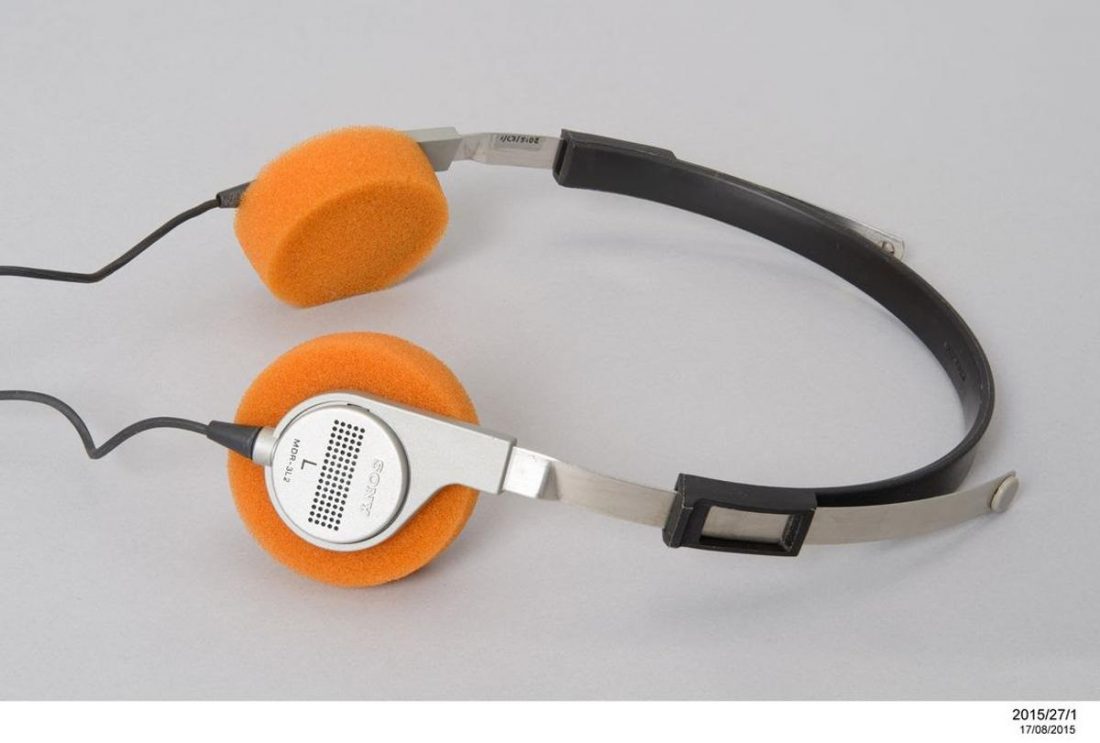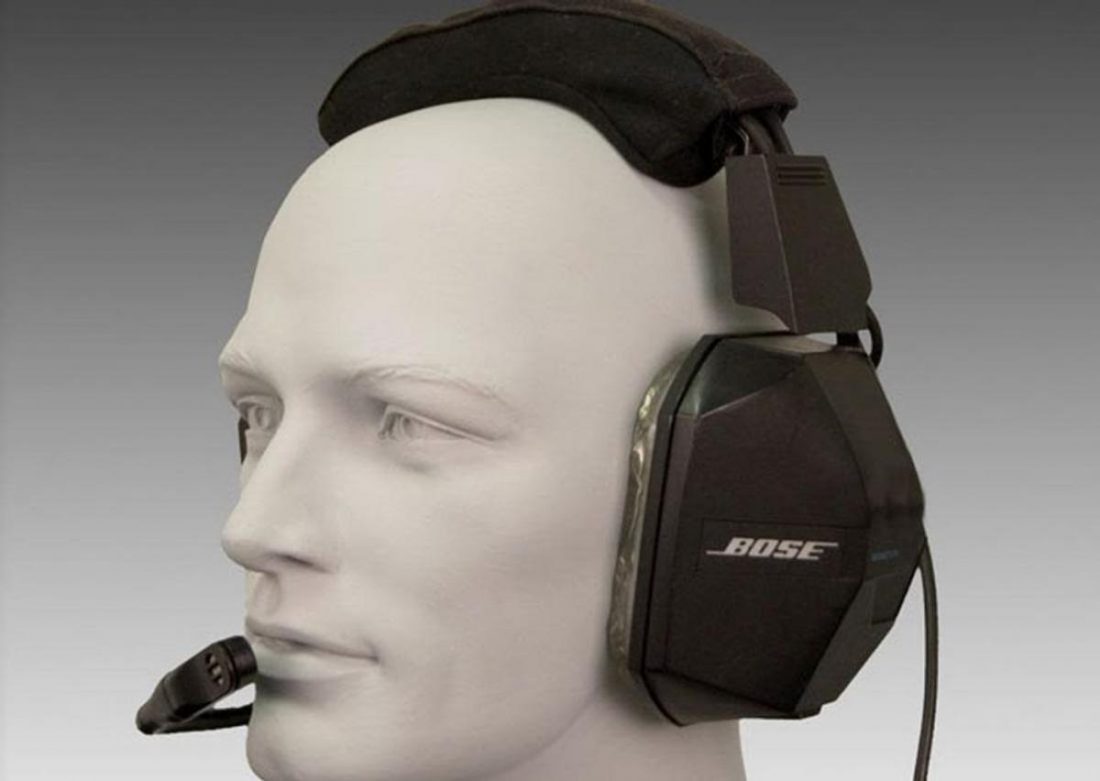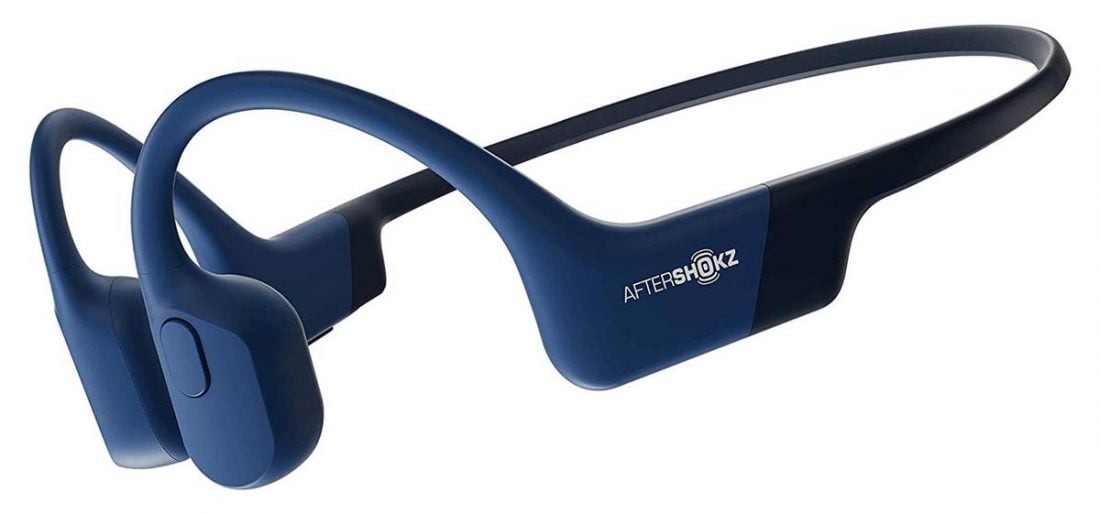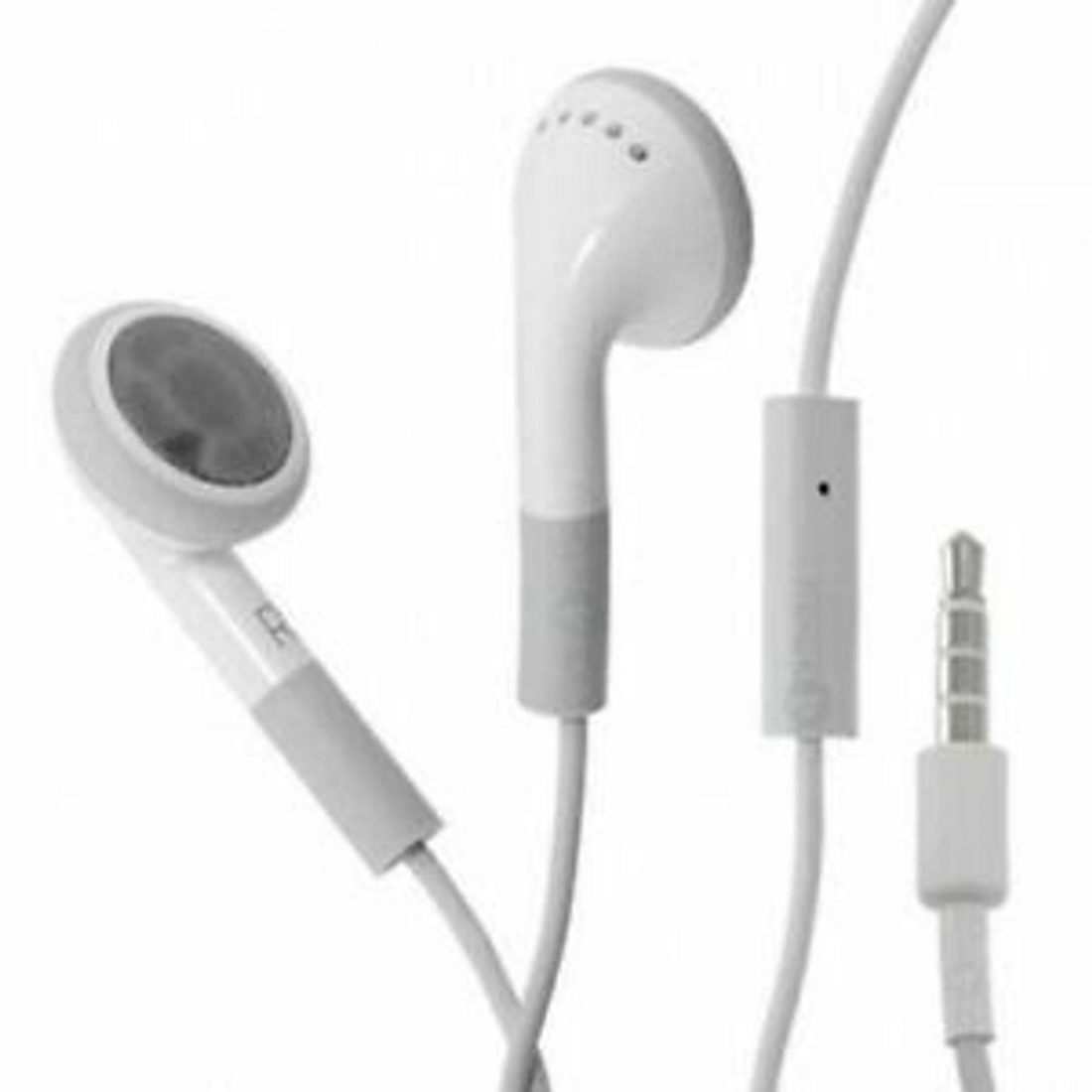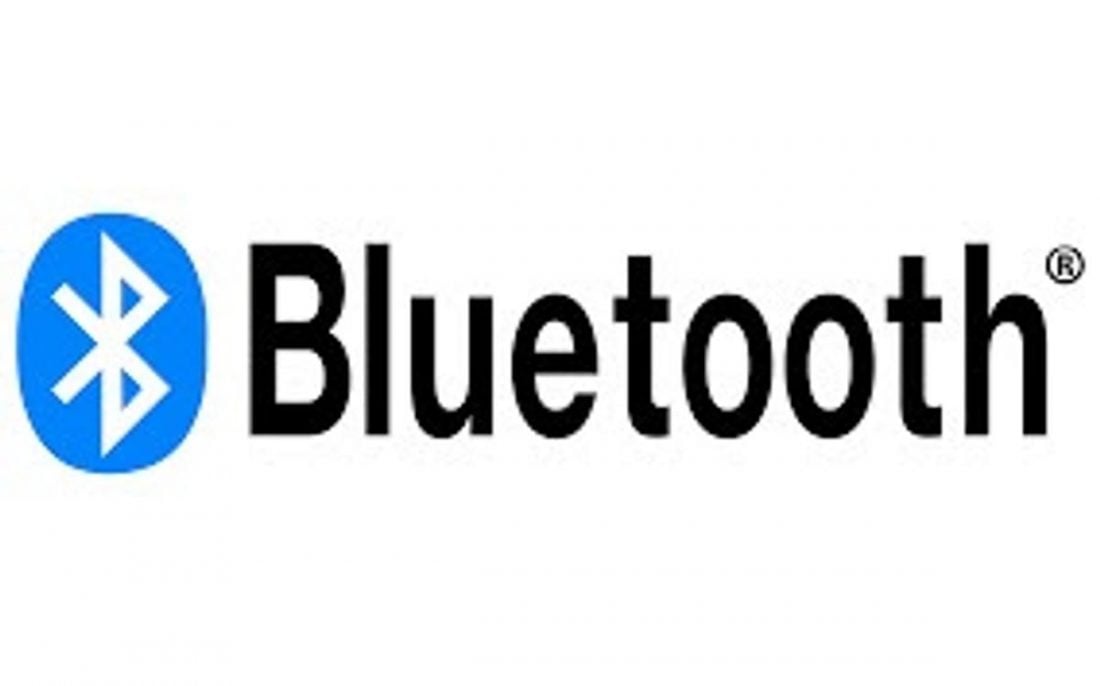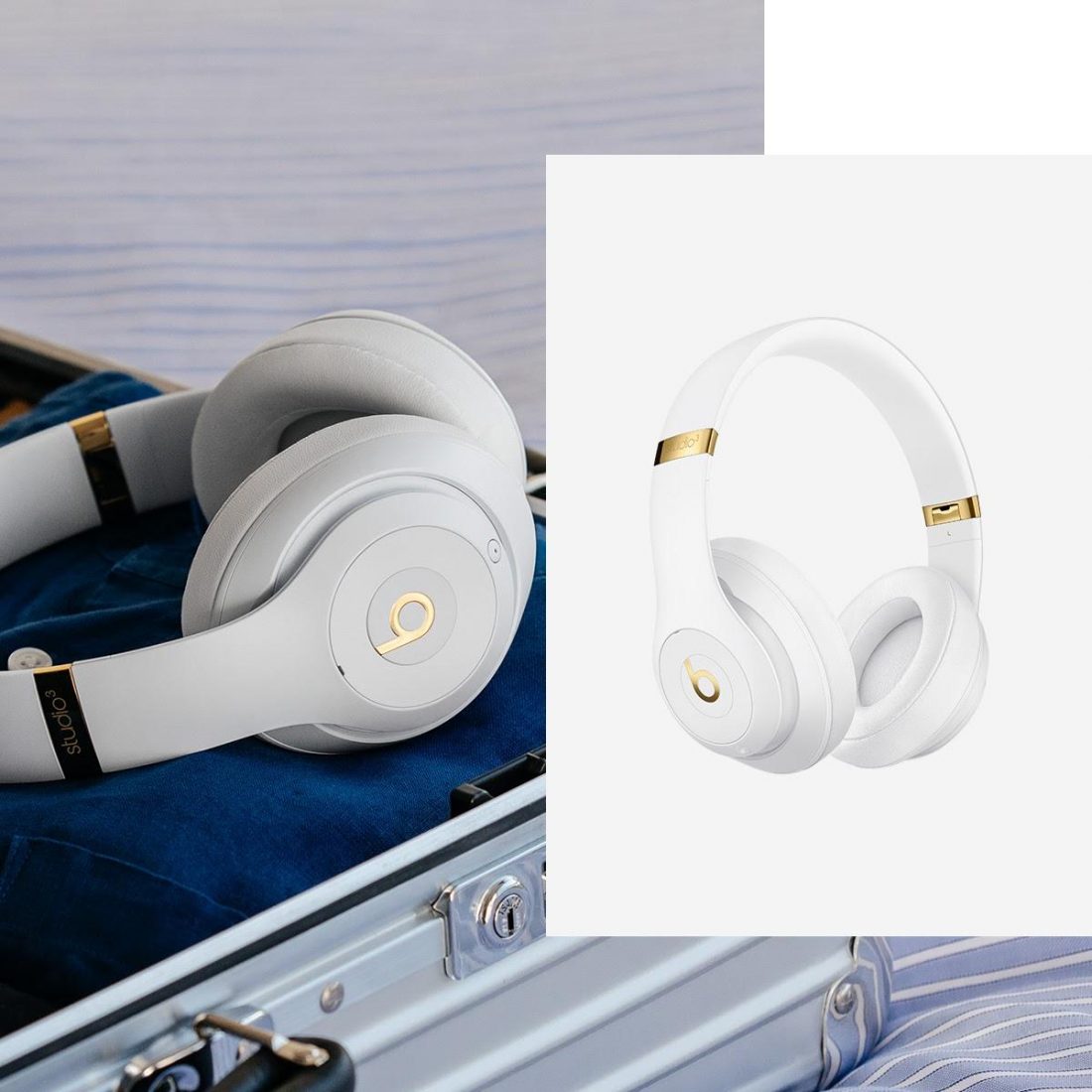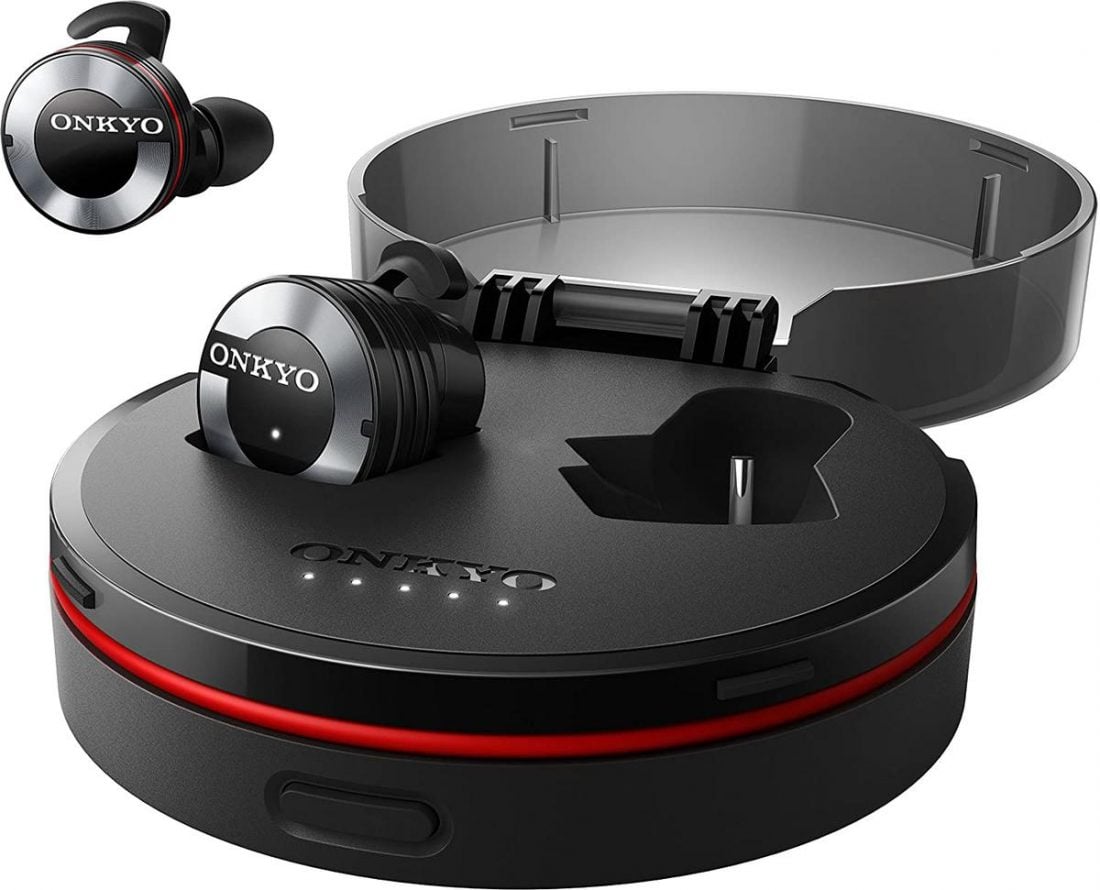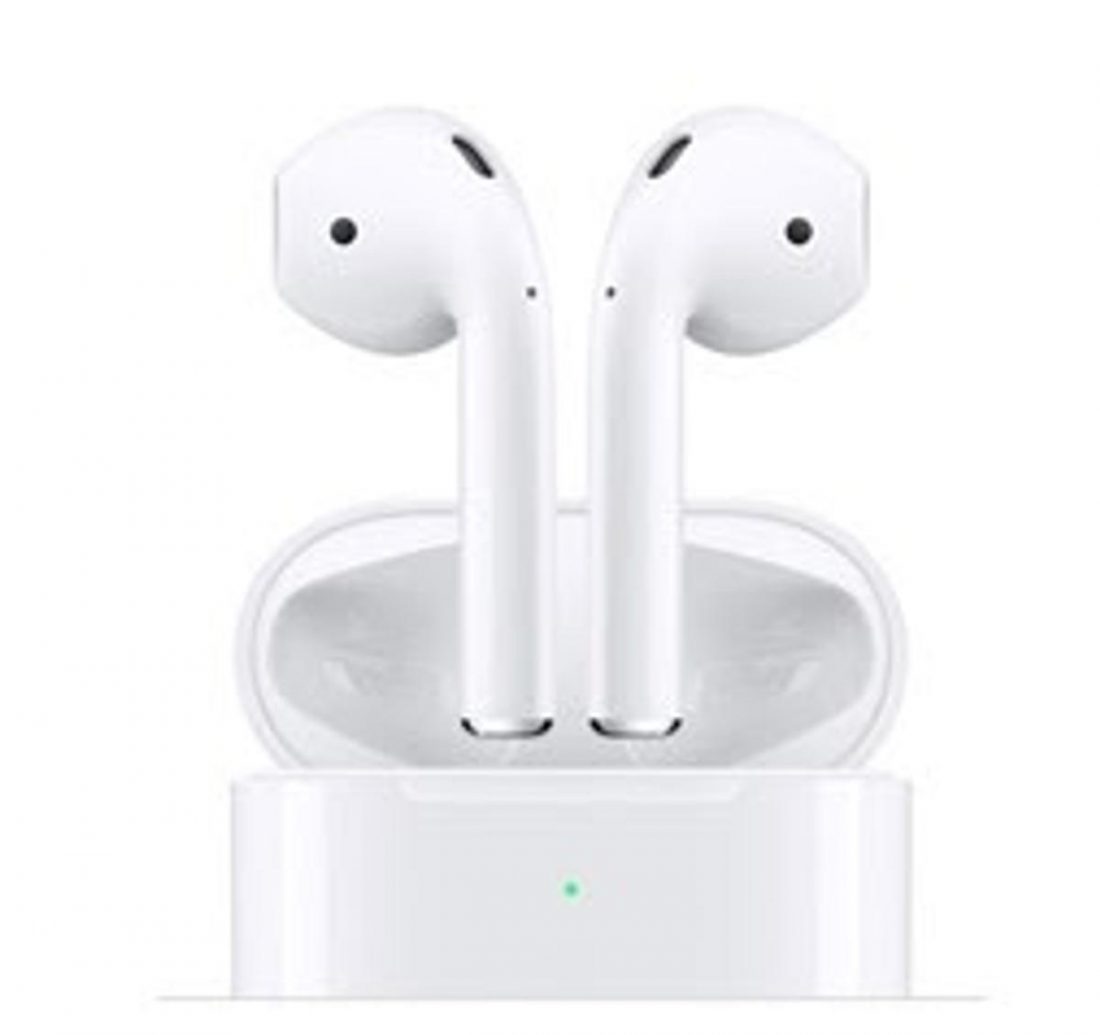From a luxury to a necessity, no one can’t deny the need to have at least one pair of headphones today. In fact, the headphones industry earned around $34.8 billion in 2020 alone or sold as much as 514.5 million units in just one year! But just like any other technology, headphones didn’t become a huge industry overnight. It took decades of innovation to turn this technology into the headphones we know today. And it’s quite a fascinating story! Curious about headphones’ origin story? Let’s take a dive and see how headphone technology has evolved since the 1880s and what the future holds for this essential wearable tech.
1880s: The 10-Pound Headphones
Many find bulky headphones to be bothersome or even uncomfortable. That’s why most people prefer using smaller, more lightweight options. Well, if you were around for the birth of headphones, a smaller option wouldn’t have been possible! Back in the 1880s, switchboard operators used a type of “headphone” invented by Ezra Guilliland that could weigh over 10 pounds. It featured one earpiece attached to a phone and a large microphone resting on the shoulder. These telephone operators were doing it before carrying around a boombox on your shoulder was cool!
1891: The First “Earbuds”
In 1891, a French engineer named Ernest Mercadier patented what he called a “bi-telephone”. This would prove to be the first recorded version of in-ear headphones. Light-weight and portable, they closely resemble IEMs we use today. It’s quite a good feat, considering it was around 130 years ago! He even suggested using a rubber cover to protect the ear from friction while using them. Of course, back in the late 1800s, the use of earbuds or headphones for music listening was far off, and the technology’s application was limited to telephone use.
1890s: The Electrophone
Nowadays, there are many ways to listen to music with friends online. But what about 100+ years ago, before even the radio was invented? Enter the Electrophone. Users would use specialized headphones connected to their telephone lines to listen to the programs. It’s like Spotify, but for opera! It looks similar to headphones we use today, except, instead of resting on the top of the head, they were handheld with a rod on the bottom connecting to the earpads.
1910: The First Official Audio Headphones
There were similar ideas in the past, but many people consider Nathaniel Baldwin to be the inventor of headphones. All because Baldwin’s invention included some notable advancements from previous designs. Similar to headphones used today, Baldwin’s invention included 2 padded ear cups and 2 bands across the head so it could sit comfortably on the head – no hands required. Not realizing the huge potential, Baldwin invented the first headphones in his kitchen in Utah as a device to help him hear the sermons at his local Mormon temple. Initial investors scoffed at the idea, not knowing its value until the US Navy picked it up. The Navy placed a large order of these headphones because of their design that didn’t need an external power source. This opened up a huge business opportunity for Baldwin. Unfortunately, Baldwin’s financial success didn’t last. A series of unwise investments and a stint in prison for mail fraud bankrupted his company.
1958: The Birth of Brands
Some audio brands are easily recognizable, like Philips and Sennheiser. However, all the brands we know and love today owe their start to John Koss. At this point in the 1950s, headphones weren’t readily commercially available. Headphone use was limited mostly for military and communication. This changed in 1958 when Koss developed a “private listening system,” the Koss Model 390 phonograph. It included a record player, speaker, and headphone jack. He also developed headphones to go with it, the Koss SP-3 headphones. These early headphones had plastic earcups, a 3-inch speaker, and foam earpads for comfortable wear. With the first headphones made specifically for music listening, John Koss’ innovation opened the way for more advancements in headphone technology. Plus, a huge emergence in popularity for personal music listening.
1960s: The First Wireless Headphones
Decades before Bluetooth technology existed, wireless headphones already invaded the market. In fact, they were present and widely used through the 1960s and 1970s. These headphones were known as “radio headphones,” and they were exactly what the name suggests. Using built-in am/fm radio antennas and 2-inch speakers in each padded earcup, these headphones allowed users to bring their radio and listen wherever they went. Radios were a big deal back in the day. So this model also helped hearing-impaired individuals to hear their radios better anywhere. These are early models of the radio headphones in the market today.
1966: Beatlephones
John Koss wasn’t only innovative in his creation of the first stereo headphones. He also made significant advancements in marketing. The Beatlephones released in 1966 were branded headphones with a partnership between Koss and The Beatles. The collaboration with The Beatles was a marketing success. For the first time, the market for headphones extended to include a teen audience and enter pop culture.
1969: The First Open-Back Headphones
The headphone scene further changed in 1969. This is especially because of the appearance of Sennheiser’s HD 414, the first open-back headphones. With the back of the ear cups being open instead of closed, the user was able to enjoy a wider sound. Not to mention the added benefits of a more lightweight and more breathable design. Now, the audio quality of headphones increased and people were able to wear them comfortably for long-term wear.
1979: The Walkman
In previous years, headphones remained as a listening equipment you use at home, mostly because they didn’t have a portable audio source. However, listening to music became more personal and private with the introduction of the Walkman. This offered the ability to listen to your own music library instead of the radio. And, for the first time, after the release of the Walkman, cassette tapes outsold vinyls. But while the technology changed the personal music scene, many users felt that the headphones that came with the Walkman (made from a single metal headband and 2 foam earphones) didn’t offer the best audio quality. This led to a boom in demand for third-party headphones. Unbeknownst to Sony, their invention paved the way for more brands and competitors on the market.
1989: Bose’s Noise Cancelling Headphones
The use of headphones for a private listening experience evolved even more in 1989 with the innovative invention of noise-canceling headphones. Basically, noise-canceling headphones work with a small microphone that captures all the outside noise and generates an equal, opposite sound wave to cancel out the noise. This technology proved useful for pilots in the aviation industry, combat vehicle crewmen in the Army. But, of course, it eventually expanded in popularity for personal use.
1990s: Growth of Smaller Technologies
With the rise of portable music devices like cassette tapes, CDs, and minidiscs, views on wearing headphones changed. Instead of primarily being used inside the home, people were bringing their music with them on the go. Now, the desire for a smaller, more portable headphone technology was growing. One example of this is the Sony ‘Street Style’ headphones. In the 1990s, this need was met with the release of smaller, more portable types of headphones – in-ears, earbuds, neckband headphones, and more.
1994: Bone Conduction Headphones
The use of bone conduction for hearing has been understood for decades. In fact, even Beethoven reportedly used bone conduction when he lost his hearing. But it wasn’t until 1994 that Werner Bottesch patented the first bone conduction headphones. As with many innovative headphone technologies, bone conduction was initially used for the military. By transmitting sound directly through the bones of the skull instead of the eardrum, these headphones allowed the user to remain connected to the outside environment. In time, though, bone conduction headphones expanded to everyday consumers and athletes, with companies such as AfterShokz becoming well-known.
2001: The Rise of iPods
There’s no doubt that by the turn of the century, Apple started pulling ahead of the pack in audio and technological advancements. A great example of that is the iPods. The release of iPods made way for portable digital music listening. Because of this, people eagerly moved away from clunky cassette tapes, CDs, etc. The earpods that accompanied this also innovated the industry with their white, sleek, and modern aesthetic. Just like what happened in the ‘80s with the emergence of the Walkman, the rise of the iPod and mp3 players led to a huge growth in the market for cheap, lightweight earbuds that has largely continued until today.
2004: Bluetooth Revolution
While there had been extensive upgrades to headphones over the decades, one thing had pretty much always been consistent: wires connecting them to the audio source. That was about to change with the invention of Bluetooth. Bluetooth technology had been under development since 1999, but while early versions could support voice calls, the bandwidth couldn’t handle streaming studio music.
2008: Beats by Dre
As we got into the 2010s, headphones continued to grow in popularity and became increasingly integrated with fashion. In the ‘60s we saw branded headphones with The Beatles, and this continued in full force when rapper Dr Dre released his Monster Beats by Dr Dre – big, bulky, and bold. Their success has inspired other celebrities to enter the headphone industry too. The link between headphones and fashion has continued, with hundreds of styles available today for different functions and preferences.
2015: The First Truly Wireless Earbuds
Yes, wireless headphones and earbuds had been around before 2015 (Bluetooth technology had been in use for about 10 years by that point,) but they weren’t entirely wireless. Sure, headphones didn’t have a wire to the audio source, but they did have a wire connecting each earpiece. That’s why Onkyo, a Japanese manufacturer specializing in audio equipment, surprised everyone as they released the first truly wireless headphones — the Onkyo W800BT. Now, with truly wireless headphones, everything was contained within the earbuds, including the on/off switch, mic, and volume control. And although it couldn’t stand close to the technology of truly wireless earbuds we have today, Onkyo proved the possibility of this technology and paved a way for more manufacturers to release their own.
2017: AirPods
While Onkyo may have released the first truly wireless headphones, it didn’t make a bigger impact than Apple’s AirPods. Apple changed the game again in 2017 with a major change in the design of their iPhone and earbuds, moving away from their wired earpods. Incredibly lightweight, weighing only 4g each, some of AirPods’ notable features include the ability to double-tap to pause audio, and automatic pausing when they are removed from the ear. They have quickly become Apple’s most popular accessory, with over 60 million units sold. But perhaps Airpods’ biggest impact within the headphone industry is their chic and unique style. After their huge success among consumers, more manufacturers and brands have come up with their own versions of AirPods, with some even copying their style outright.
2020 and Beyond: The Future of Headphones
So, what’s next? For example, who saw the loss of 3.5mm ports on recent iPhones? Other companies might follow that trend, moving exclusively to wireless headphones. Some headphones can now even act as heart rate monitors, hearing protection devices, or even personal coaches for training or workouts. What about going even one step further, and removing the audio source completely? The earbuds or headphones of the future could become an all-in-one device to both store, stream, and play music. And, with the emergence of VR, surround-sound capabilities will become increasingly popular, even outside of gaming. It might seem crazy to think of today, but what if the headphones of the future looked more like hearing aids – more of a permanent device than one we carry around with us and have to put on and take off? Again, the future is unknown. But one thing’s for sure: the headphones’ development and innovations aren’t done yet. Over the years, we can expect greater things and additional functions for headphones in our day-to-day lives.
Conclusion
Headphones as we know them have a long history going back over 100 years. The industry has continued to innovate to keep up as technology has evolved and consumer interests have changed. What did you find most interesting about the history of headphones? Was there a big year or development we missed? Let us know in the comments below and share your big predictions for the future of headphones.
